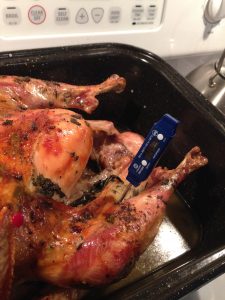
Lets get the food safety science right at Thanksgiving



I’m not Dr. Doug.
 Kids call me coach, others call me asshole, all fine by me.
Kids call me coach, others call me asshole, all fine by me.
Dr. Bob and Dr. Dan exist, and probably many others in the misguided belief they are enhancing the public understanding of science, when it’s just demeaning and arrogant.
Dr. Bob says during grower food safety events, “we often talk about why having a food safety program is important and how it is critical to have a program to protect your own business, protect your customers and, ultimately, public health. We talk about emerging science, the importance of foundational food safety programs such as sanitation practices and worker hygiene and how to identify and manage potential cross-contamination hazards on the farm and in the packinghouse.
“After going through this information and basically laying out the why, how, and what of food safety, often some brave soul in the audience will raise their hand and ask, So what score do I need to get in order to pass the audit? And that’s when the frustration sets in. How did passing an audit become a substitute for actually building a risk-based food safety program?”
Oh, Oh, Dr. Bob, I can answer that.
Because back in the late 1990s, as fresh fruit and vegetable outbreaks took on national prominence, retailers decided, we want third-party audits, rather than food safety programs promoted by grower groups.
I chaired a national committee in Canada about 2002 to look at the issue, came up with a solution that would be advantageous to growers and consumers, and was then overruled behind the scenes so the grower groups could keep their Canadian Food Inspection Agency funding (and the bureaucracy).
I walked away.
Thirteen years later and Dr. Bob is wondering how this happened?